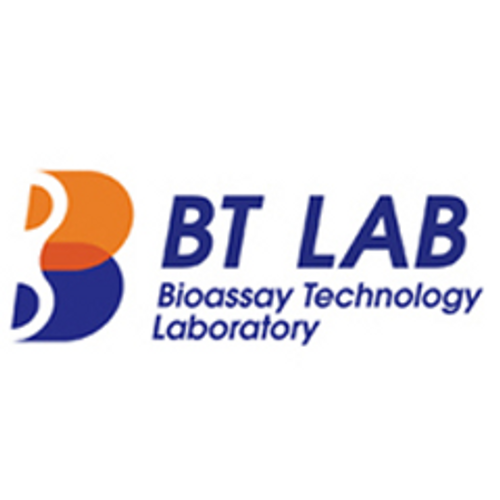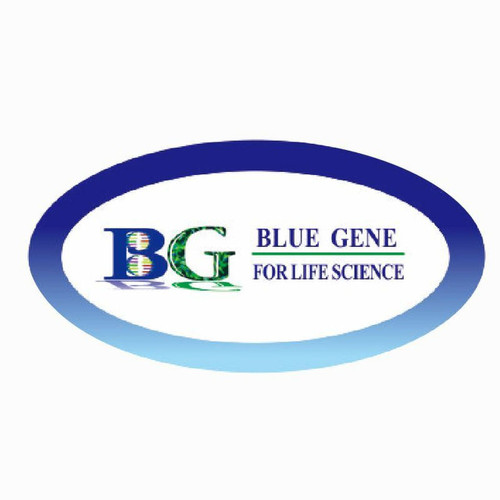Product Description
Human Ubiquitin carboxyl-terminal hydrolase 14 (USP14) ELISA Kit | AE12035HU | Abebio
Species Reactivity: Human (Homo sapiens)
Abbreviation: USP14
Alternative Name: TGT; deubiquitinating enzyme 14|tRNA-guanine transglycosylase; 60-kD subunit|ubiquitin carboxyl-terminal hydrolase 14|ubiquitin specific protease 14|ubiquitin specific protease 14 (tRNA-guanine tran
Application: ELISA
Range: 0.312-20 ng/mL
Sensitivity: 0.108 ng/mL
Intra-Assay: ≤5.8%
Inter-Assay: ≤10.6%
Recovery: 0, 9
Sample Type: Serum, Plasma, Other biological fluids
Detection Method: Sandwich
Analysis Method : Quantitive
Test Principale: This assay employs a two-site sandwich ELISA to quantitate USP14 in samples. An antibody specific for USP14 has been pre-coated onto a microplate. Standards and samples are pipetted into the wells and anyUSP14 present is bound by the immobilized antibody. After removing any unbound substances, a biotin-conjugated antibody specific for USP14 is added to the wells. After washing, Streptavidin conjugated Horseradish Peroxidase (HRP) is added to the wells. Following a wash to remove any unbound avidin-enzyme reagent, a substrate solution is added to the wells and color develops in proportion to the amount of USP14 bound in the initial step. The color development is stopped and the intensity of the color is measured.
Product Overview: Ubiquitin carboxyl-terminal hydrolase 14 is a member of the ubiquitin-specific processing (UBP) family of proteases that is a deubiquitinating enzyme (DUB) with His and Cys domains. This protein is located in the cytoplasm and cleaves the ubiquitin moiety from ubiquitin-fused precursors and ubiquitinylated proteins. Mice with a mutation that results in reduced expression of the ortholog of this protein are retarded for growth, develop severe tremors by 2 to 3 weeks of age followed by hindlimb paralysis and death by 6 to 10 weeks of age. Alternate transcriptional splice variants, encoding different isoforms, have been characterized.
Stability: The stability of ELISA kit is determined by the loss rate of activity. The loss rate of this kit is less than 5% within the expiration date under appropriate storage condition. The loss rate was determined by accelerated thermal degradation test. Keep the kit at 37°C for 4 and 7 days, and compare O.D.values of the kit kept at 37°C with that of at recommended temperature. (referring from China Biological Products Standard, which was calculated by the Arrhenius equation. For ELISA kit, 4 days storage at 37°C can be considered as 6 months at 2 - 8°C, which means 7 days at 37°C equaling 12 months at 2 - 8°C) .
 Euro
Euro
 USD
USD
 British Pound
British Pound
 NULL
NULL












